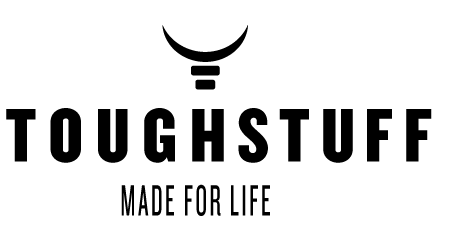DIY home improvement projects can be a great way to save money and add value to your home, but it's also important to keep yourself safe while working on these projects. One of the most important pieces of personal protective equipment that you can invest in for your DIY projects is a good pair of protective gloves.
One of the most widely recognized and frequently worn work gloves on the market is The Original, which has been tried, tested, and proven for over 25 years. The Original is the glove that started it all and continues to be a popular choice among DIY enthusiasts and professionals alike.
The Original is built with carbon-infused touchscreen capable synthetic leather and breathable TrekDry® to create the ultimate tool for hardworking hands. The form-fitting TrekDry® material helps keep your hands cool and comfortable, while the adjustable Thermoplastic Rubber (TPR) wrist closures create a secure fit. The reinforced thumb and index finger improve durability, and the touchscreen capable synthetic leather provides the perfect blend of dexterity and durability. Additionally, The Original is machine washable, making it easy to clean and maintain.
When choosing protective gloves for your DIY home improvement projects, it's important to consider the specific tasks you'll be performing and the risks involved. For example, if you'll be handling sharp tools or materials, you'll want to choose gloves that offer good cut resistance. If you'll be working with power tools or machinery, you'll want gloves that offer good abrasion resistance to protect your hands from friction and impact.
One important factor to consider when choosing protective gloves is their certification. The Original is CE Rated EN388:2016 3121X, which is a European standard for protective gloves against mechanical risks. The code 3121X represents the performance level of the gloves in various physical tests, including resistance to abrasion, blade cut, tear, and puncture.
The first digit (3) in the code indicates the gloves' level of abrasion resistance, with a rating of 1 to 4. A rating of 3 indicates that the gloves have a good level of abrasion resistance. The second digit (2) represents the gloves' level of blade cut resistance, with a rating of 1 to 5. A rating of 2 indicates that the gloves have a moderate level of blade cut resistance. The third digit (1) represents the gloves' level of tear resistance, with a rating of 1 to 4. A rating of 1 indicates that the gloves have a low level of tear resistance. The fourth digit (1) represents the gloves' level of puncture resistance, with a rating of 1 to 4. A rating of 1 indicates that the gloves have a low level of puncture resistance. The final digit (X) in the code indicates that the gloves have not undergone the TDM (Cut Test), which measures their resistance to cutting by a sharp blade.
In conclusion, investing in a good pair of protective gloves is an important step in keeping yourself safe while working on DIY home improvement projects. The Original is a popular and well-regarded choice that offers a good balance of dexterity, durability, and protection, and is available in sizes from small to xxx-large. Remember to consider the specific tasks you'll be performing and the risks involved when choosing gloves for your projects, and look for gloves that are CE Rated EN388:2016 3121X or higher to ensure that you're getting a high-quality and protective product.
